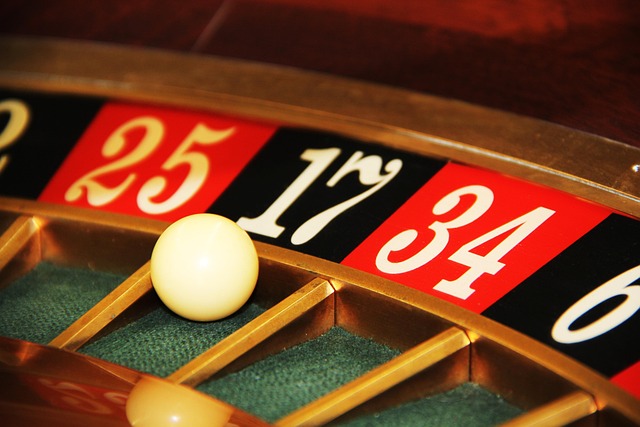Roulette is one of the most iconic and exciting casino games, known for its spinning wheel, thrilling odds, and variety of betting options. While roulette is a game of chance, many players turn to betting strategies to manage their gameplay and potentially increase their chances of walking away a winner. Some of the most well-known systems include the Martingale and Fibonacci, but there are several others worth understanding. In this article, we’ll break down the most popular roulette strategies, how they work, and what to keep in mind if you decide to try them.
The Martingale Strategy: Doubling Down for a Win
The Martingale system is one of the oldest and simplest betting strategies in roulette. The idea is straightforward: every time you lose a bet, you double your next wager to recover your losses and make a small profit. Once you win, you reset to your original bet size.
For example, you start with a $5 bet on red. If you lose, you bet $10 next. Lose again? You bet $20. When you finally win, you recover all previous losses and earn a $5 profit.
This system works best with even-money bets like red/black or odd/even. However, it comes with significant risks. A long losing streak can quickly lead to large bets, hitting table limits or exhausting your bankroll. While Martingale seems logical on paper, it’s not foolproof—so use it with caution and a clear limit in mind.
The Fibonacci Strategy: A Safer Climb

The Fibonacci strategy is a more conservative progression system based on the famous mathematical sequence: 1, 1, 2, 3, 5, 8, 13, and so on. Each number is the sum of the two preceding ones.
In roulette, you increase your bet following the Fibonacci sequence after each loss. Once you win, you move back two steps in the sequence. The strategy is most effective for even-money bets, just like Martingale.
For example, you start with $1. If you lose, bet $1 again. Lose again? Bet $2. Lose again? Bet $3. The idea is that when you win, you’ll recover most or all of your previous losses more gradually.
Fibonacci offers a slower progression than Martingale, making it less risky in terms of bet size, but it still doesn’t guarantee profit. It’s popular with players who want structure but prefer a more cautious approach.
Other Notable Strategies: Labouchère, D’Alembert & Paroli
There are several other strategies that bring their own twists to roulette betting:
- Labouchère (also called the cancellation system): You set a goal (like winning $10) and write a sequence that adds up to that amount (e.g., 1-2-3-4). You bet the sum of the first and last numbers ($5), cross them off if you win, or add your bet to the end if you lose. Repeat until the sequence is complete.
- D’Alembert: A gentler version of Martingale. You increase your bet by one unit after a loss and decrease it by one unit after a win. This strategy limits big swings and suits players with smaller bankrolls.
- Paroli: Also known as the reverse Martingale, this strategy has you double your bet after a win, rather than after a loss. The goal is to capitalize on winning streaks while keeping losses minimal.
Each of these systems has strengths and weaknesses, but none can change the house edge. Roulette remains a game of chance—these strategies only shape how you manage your bets, not how often you win.
What to Keep in Mind When Using Roulette Strategies

Using a strategy can add structure and excitement to your roulette play, but it’s essential to remain realistic. No system can beat the odds in the long run, as roulette outcomes are independent and random.
Here are a few tips to remember:
- Set a bankroll limit and stick to it.
- Choose European roulette when possible (with a single zero) for a better house edge.
- Never chase losses beyond your comfort zone.
- Treat strategies as tools for fun, not guaranteed profit.
Ultimately, roulette should be about enjoyment. Whether you prefer Martingale’s high-risk approach or Fibonacci’s patient rhythm, playing responsibly ensures a better experience.
